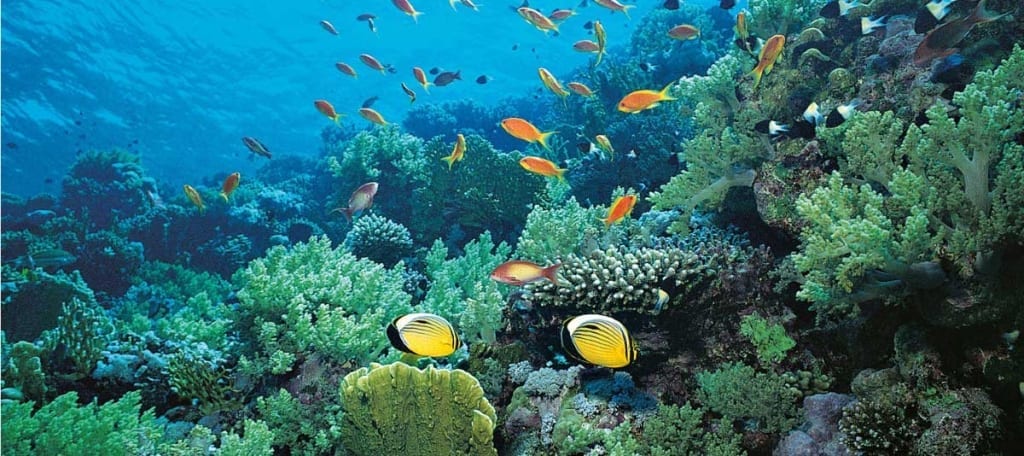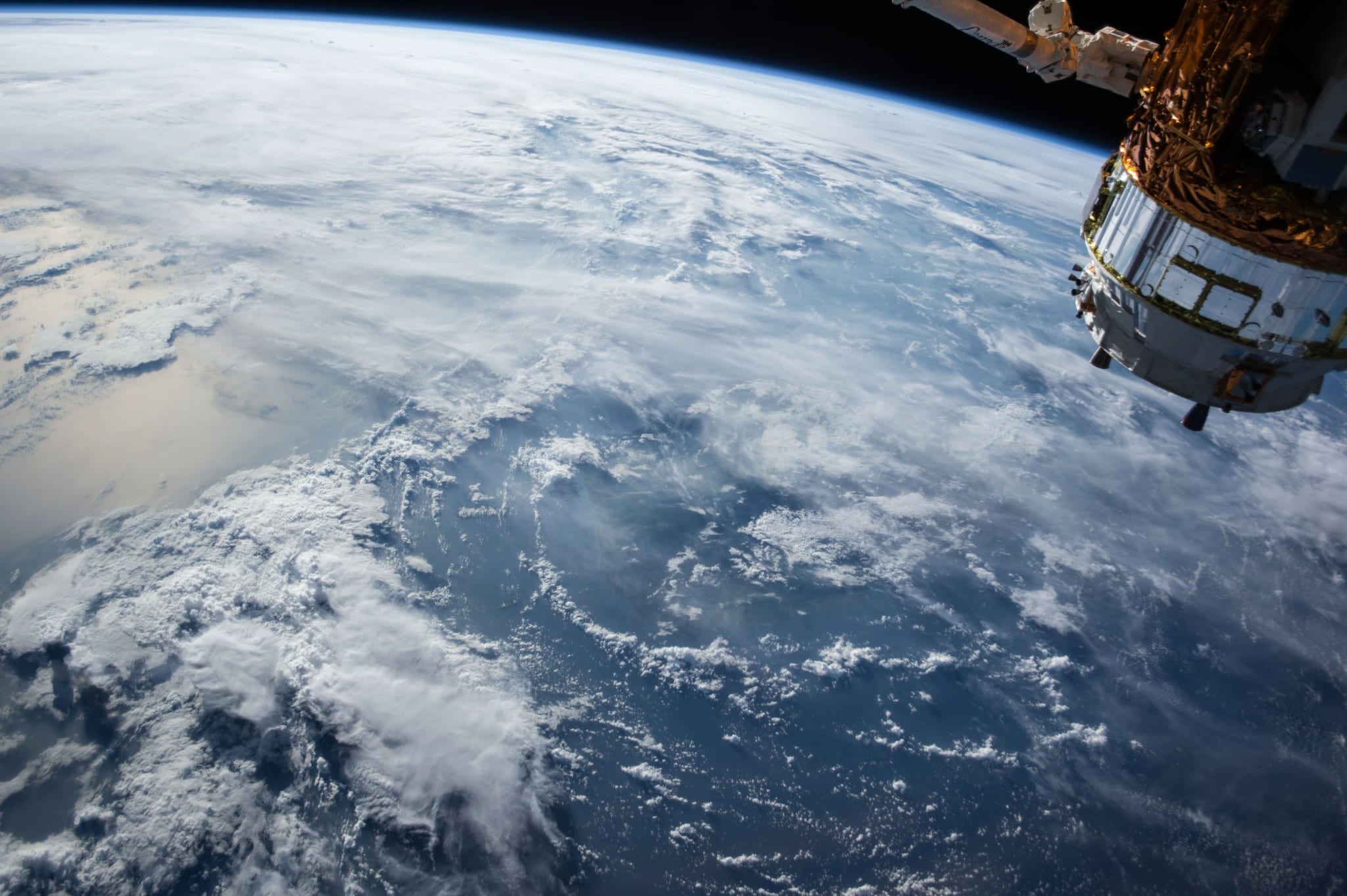From above, the Menorah Islands Project complex is laid out in the shape of the ubiquitous candelabra that serves as a symbol of the state of Israel. However, at select points during the year, two submersible islands will emerge from the water to join the seven above-water artificial islands. Thus, the seven-branched menorah will transform into a Hannukiah with nine lamps that is more commonly associated with the modern-day menorah used on Hanukkah.
Now, the Menorah Islands Project designers could have just come up with an object to create the illusion of the nine-branched menorah that could rise out of the sea at specific times of the year. However, being a complex which strives to be one of the most technologically and scientifically advanced in the world, we were not content that have these submersible artificial islands just sit there—they had to be an important place that would attract curious visitors and world-renown researchers.
Therefore, this nine-branched menorah would include two artificial islands with fully submersible bottoms suited for people to visit.
These two submersible artificial islands are built for tourism. Inside the portion of the island that would remain fully submerged at all times, residents and visitors would get a first-hand look inside the Mediterranean Sea, with full, beautiful viewing access to underwater sea life and vegetation.
While submerged, these incredible structures will also contribute to one of the main goals of the Menorah Islands: to advance the study of all sorts of sciences. With direct viewing and physical access to the sea, the submerged portion of the artificial island complex is the perfect location for marine sciences and the study of underwater sea life. Researchers and students alike could observe species and conduct research that would add to our understanding of what is underneath the surface.
These submersible islands would work in a way similar to submarines, with their own contained air systems which derive oxygen from the water and collect and expel carbon dioxide. A reverse osmosis unit would create potable water, while used water would be collected and disposed of with full environmental considerations.
Submersible islands would also be the first in the Mediterranean, creating economic, scientific, and tourism opportunities that would benefit the entire region.








Leave A Comment